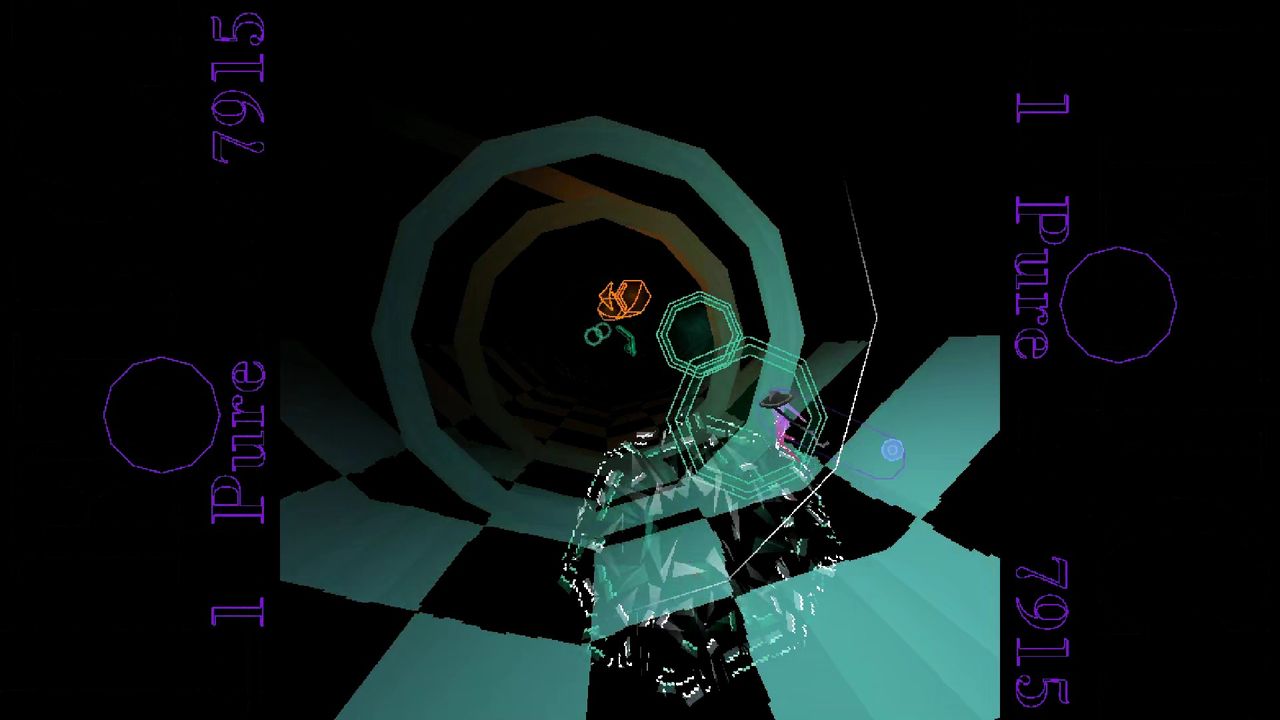Hyperbeat, a rhythm game developed by Alice Bottino and Chancellor Wallin, is set to release on October 22, 2025, at a price of $15. This innovative title offers players a dreamlike journey through rhythmic challenges accompanied by striking visuals. The game is designed for Windows 11 and is optimized for players using NVIDIA GeForce RTX 3060 TI.
The game’s premise revolves around the concept of time, a theme that is deeply woven into its gameplay mechanics and narrative. Players navigate through the central hub, known as the Wellspring, where non-playable characters (NPCs) share their reflections on life and creativity. This is not merely a backdrop; each interaction emphasizes the game’s exploration of time and its significance, making it an integral part of the overall experience.
As players progress, they encounter various levels that require them to match button prompts while soaring through abstract environments. The gameplay can be likened to a combination of an on-rails shooter and a traditional rhythm game, demanding precision and quick reflexes. Each stage culminates in the player crashing into a clock, symbolically shattering time itself.
The Unique Gameplay Experience
One of the standout features of Hyperbeat is its unconventional user interface and control scheme. Players can switch between gamepad and mouse controls, offering flexibility in how they engage with the game. This aspect may take some time to master, particularly with the visual overload present at higher difficulty levels. The rapid pace of gameplay can be exhilarating, but it may also pose challenges for those susceptible to motion sickness.
The game provides a range of difficulty settings, catering to both novice and experienced players. On lower difficulty levels, players can familiarize themselves with the mechanics without the pressure of hitting every prompt precisely. There is no fail state, allowing gamers to enjoy the experience without the fear of losing progress. However, players seeking to achieve high scores will find themselves challenged by the more demanding charts.
Despite its engaging mechanics, Hyperbeat’s soundtrack, while enjoyable, may not match the diversity found in other rhythm games. The music blends various electronic styles, creating a unique atmosphere that complements the frenetic gameplay. Several tracks have proven memorable, leaving players eager to replay levels.
Narrative and Character Development
The narrative of Hyperbeat, while intriguing, can feel rushed at times. It raises thought-provoking questions about the nature of time, purpose, and the value of creative pursuits. NPCs share their anxieties and artistic dilemmas, providing depth to the game’s exploration of personal struggle. However, the delivery of these themes occasionally veers into cliché, with characters offering well-meaning but somewhat generic advice.
The most impactful moments occur in the quieter interactions at the Wellspring, where characters grapple with their inner turmoil. These exchanges resonate on a personal level, particularly for players who may relate to the struggles of pursuing a creative career. Yet, the game sometimes sacrifices subtlety for overt messaging, which could detract from its overall emotional impact.
Despite these critiques, Hyperbeat stands out as a noteworthy addition to the rhythm game genre. Its unique gameplay mechanics and engaging visual style create a compelling experience. While it may not offer an extensive library of music, the game is undeniably enjoyable and accessible, making it suitable for a wide range of players.
In conclusion, Hyperbeat promises to deliver an engaging rhythm experience when it launches later this year. With its distinctive approach to gameplay and thematic exploration, it offers both casual and dedicated gamers an opportunity to immerse themselves in a world where timing is everything. As players prepare to dive into this innovative title, it is clear that Hyperbeat is a game worth exploring.


































































